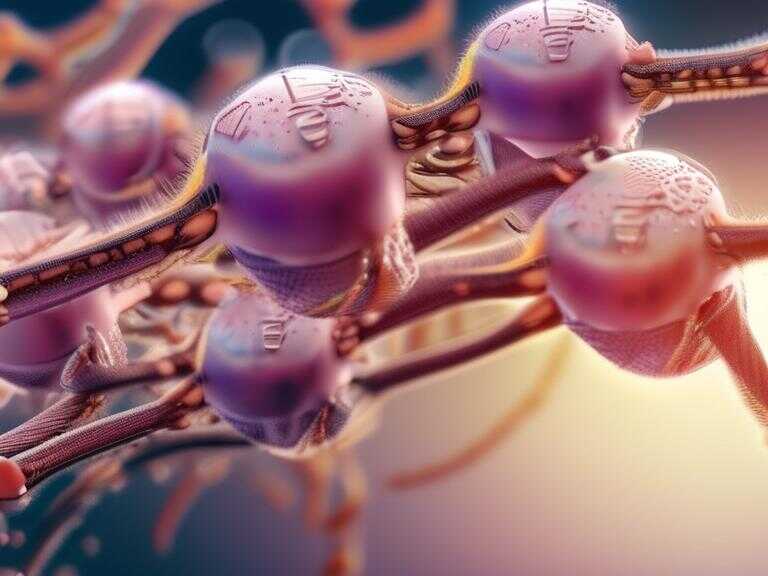
Don't Miss the Spectacular Return of the 'Devil Comet' 70 Years in the Making
The "devil comet" Pons-Brooks, a rare cryovolcanic comet, will be visible in the Northern Hemisphere.

As the "devil comet", also known as 12P/Pons-Brooks or "Mother of Dragons comet", approaches the sun on Sunday, a remarkable celestial event is set to unfold. This phenomenon, not observed since the 1950s, is expected to be most visible during its perihelion, marking its closest point to the sun. Here's what you need to know about this rare spectacle.
Where and How to Witness the Phenomenon
The "devil comet" is currently only visible from the Northern Hemisphere. While there is a slim chance of observing it with the naked eye as it approaches the sun, NASA recommends using binoculars or a small telescope for a better view. Sky gazers are advised to look for a "circular, wispy patch of light" with a faint gas tail pointing up and to the left of the comet's bright head.
For optimal viewing, it is suggested to wait until sunset and look west beneath the moon, to the right of Jupiter. However, the comet may become difficult to observe an hour after sunset as it dips and eventually sets, according to NASA.
The Comet's Rarity
The "devil comet" is considered a once-in-a-lifetime spectacle, with sightings occurring approximately every 71 years. The last recorded observations of this celestial event date back to 1953-1954, and it is expected to make its closest approach to Earth on June 2. However, visibility will be limited to the Southern Hemisphere by that time.
Unique Characteristics of the Comet
Pons-Brooks, often referred to as a cryovolcanic or cold volcanic comet, is notable for its infrequent illuminating eruptions. It earned its moniker, the "devil comet," in July 2023 when a major eruption caused the comet's body to emit an asymmetrical horn-like appearance, composed of gas, ice, and periodic explosions. These outbursts significantly increased its brightness, making it visible to the naked eye from backyard telescopes.
Share news















